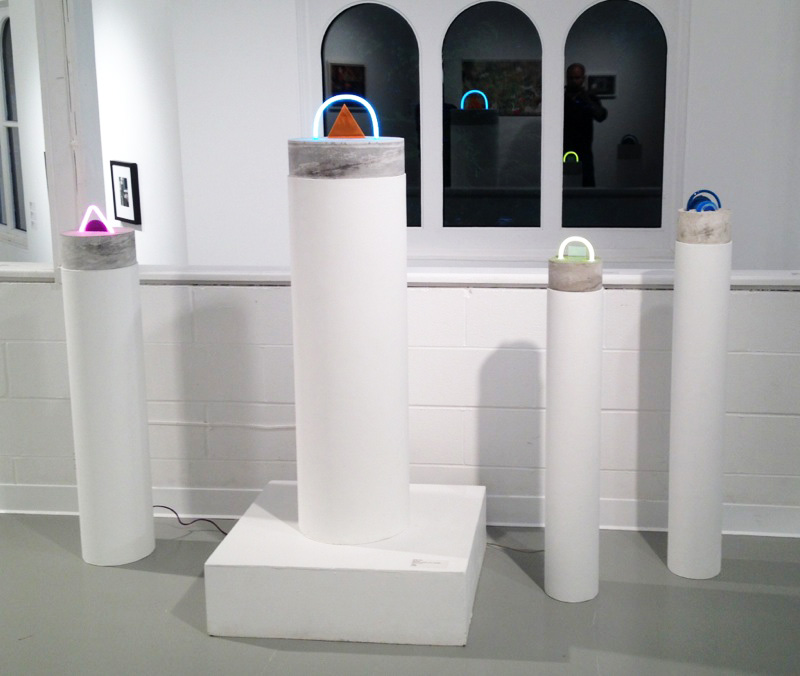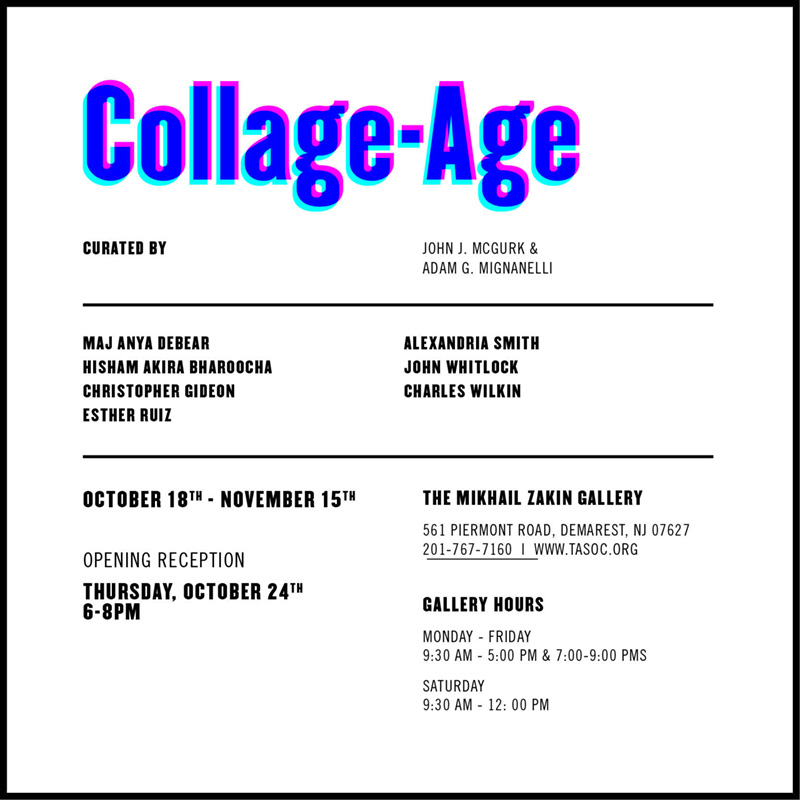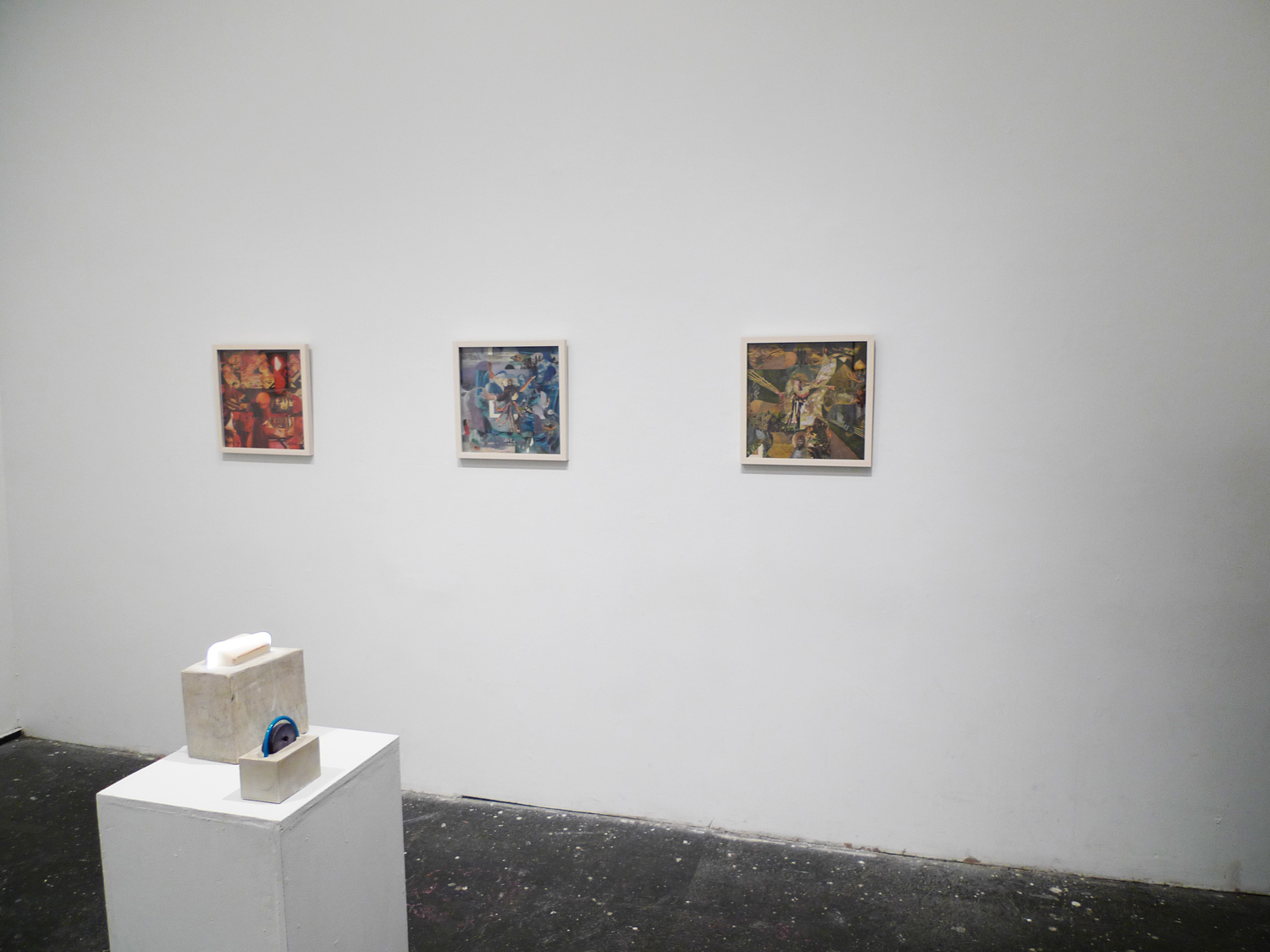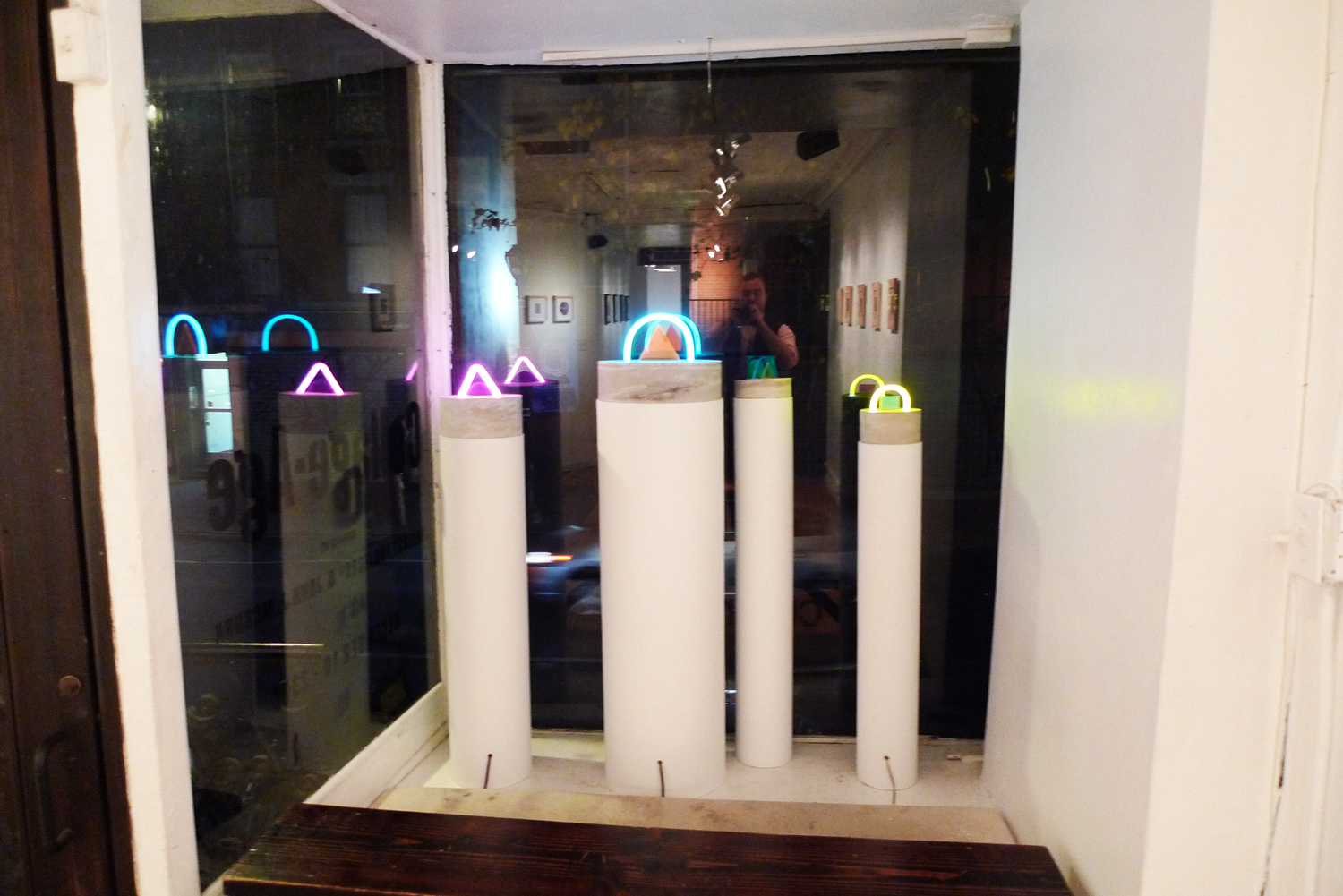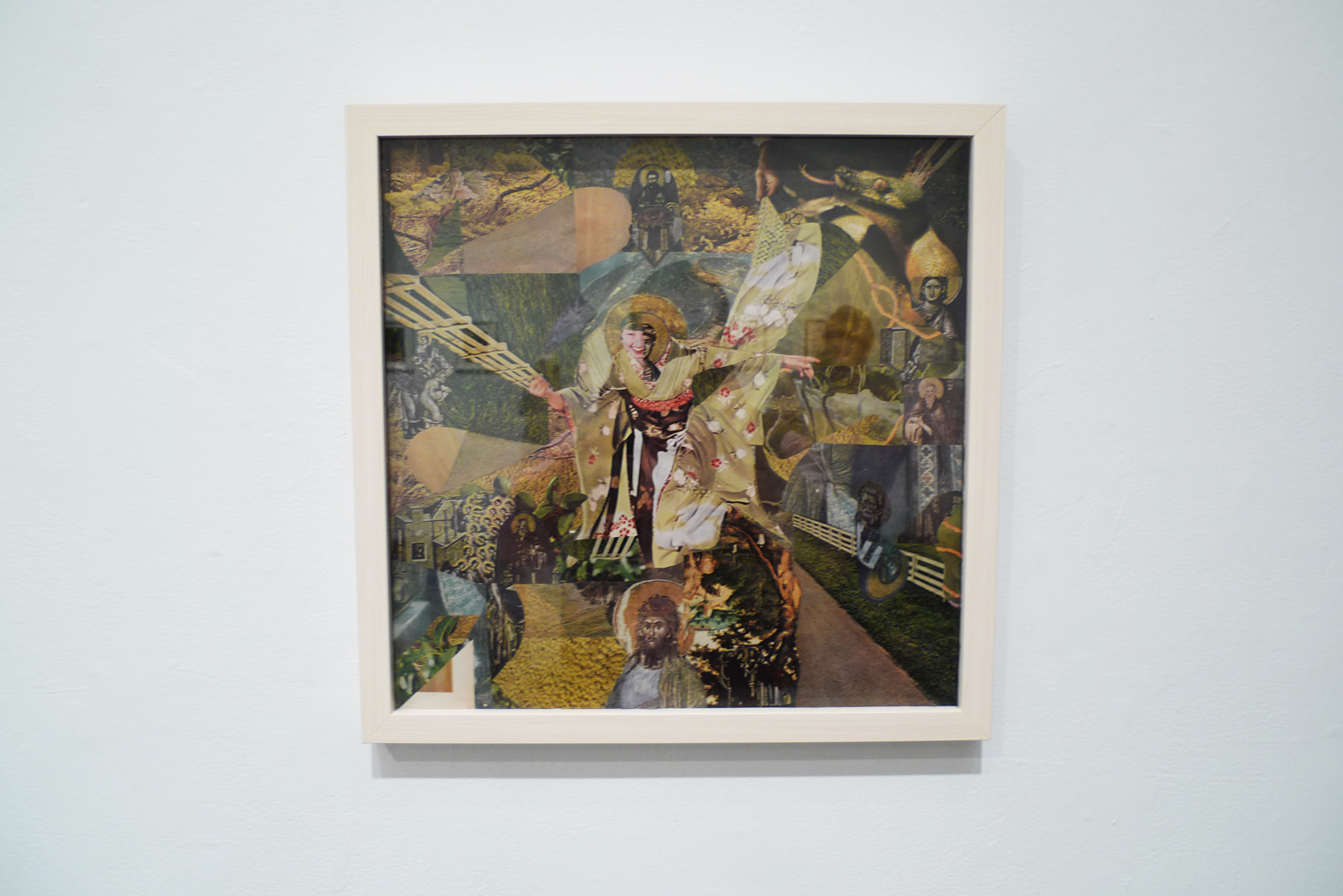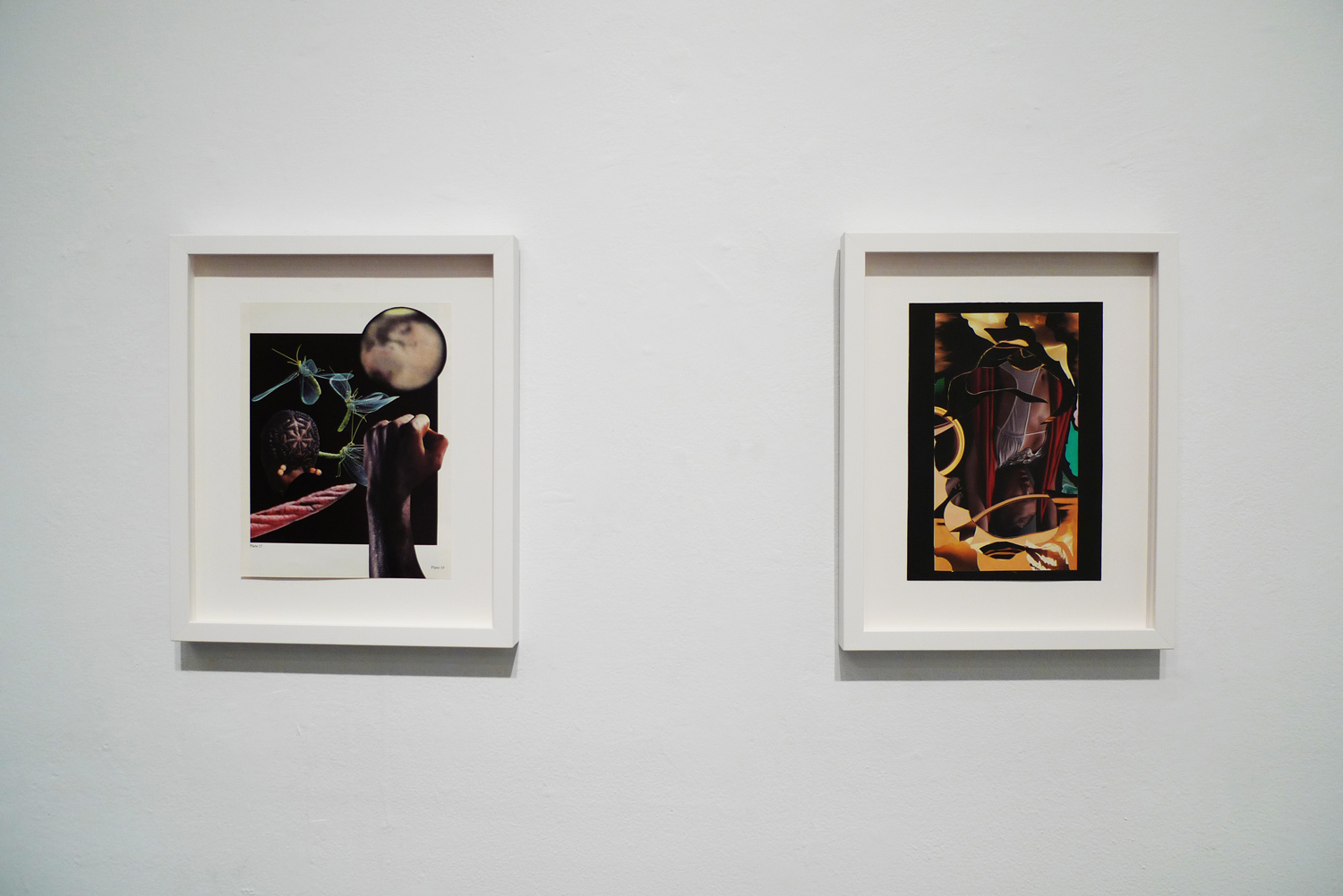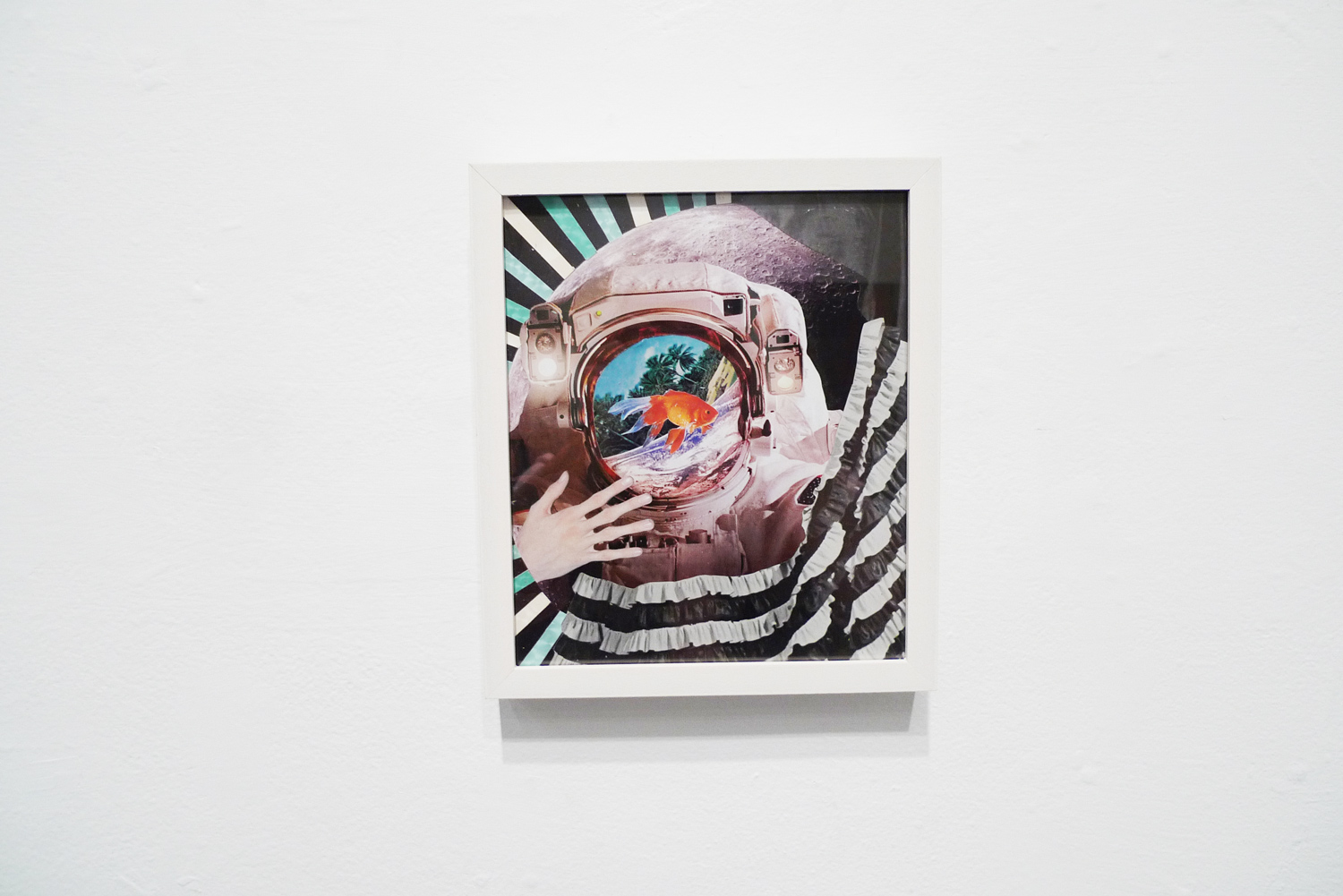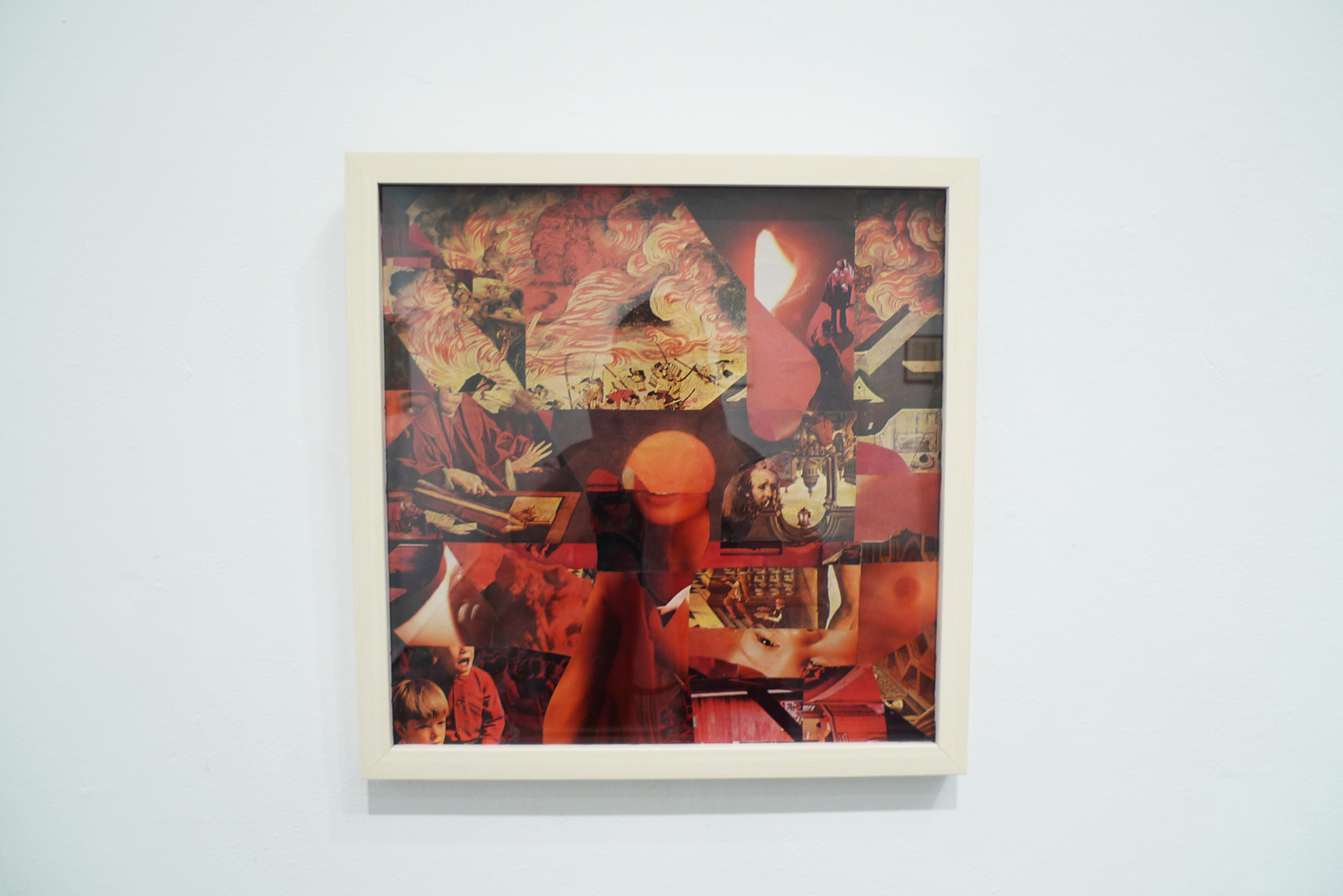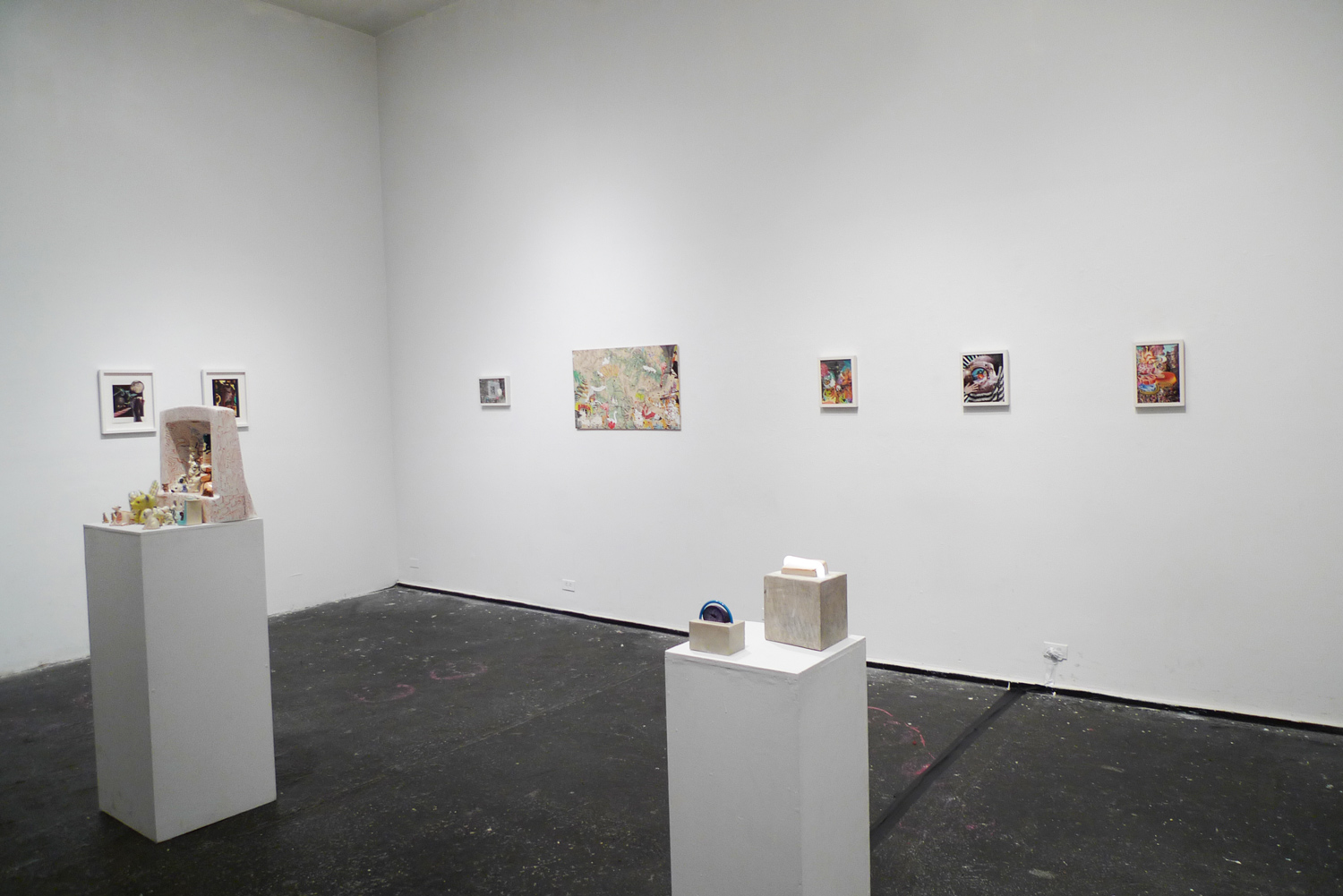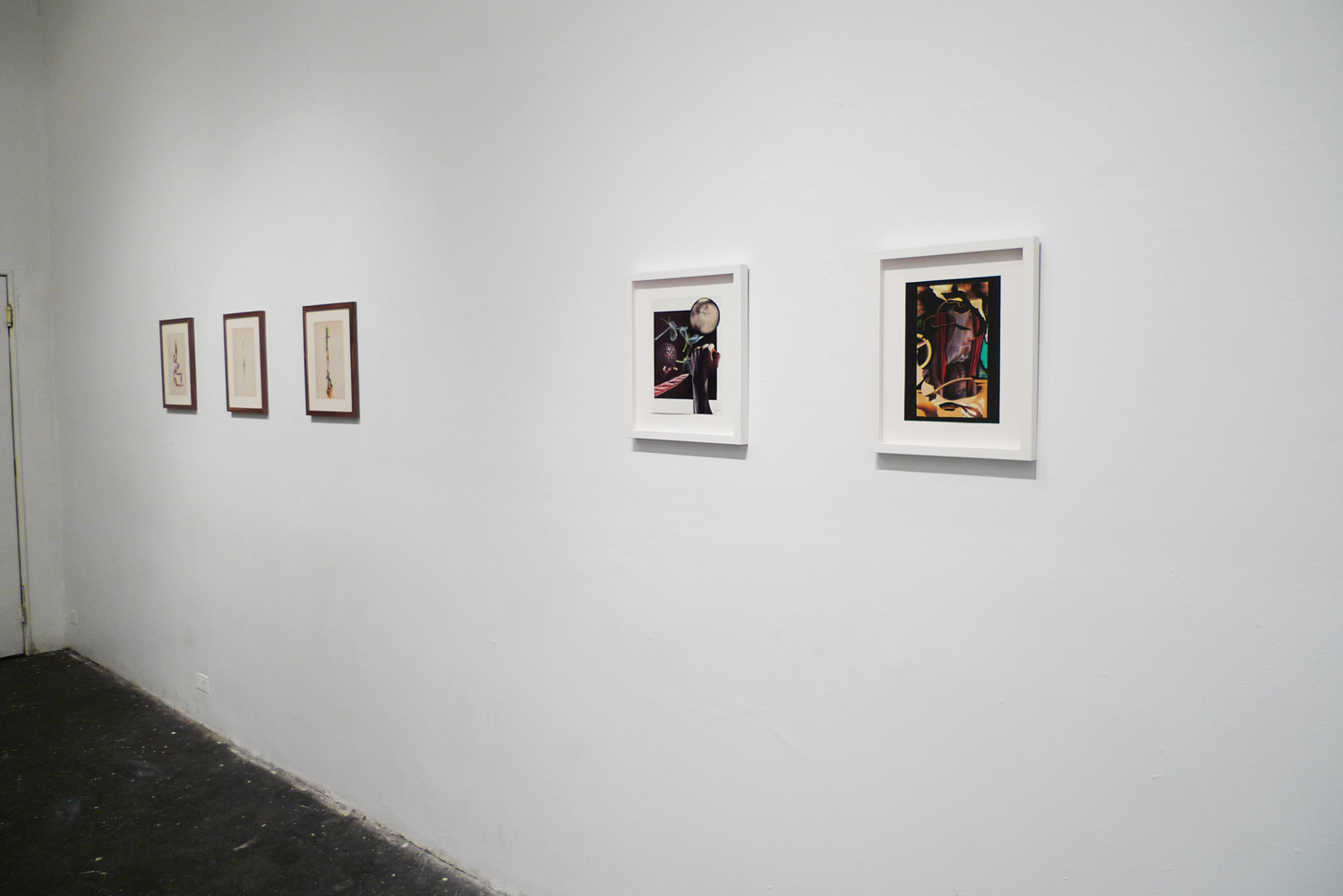
Collage-Age
Collage-Age, a group exhibition of contemporary artists using collage and assemblage techniques in their artistic practice. NYC based curator Adam Mignanelli from Ballast Projects was invited to create this exhibition in collaboration with gallery director John J. McGurk.
The exhibition took place in two locations: Culturefix, NYC and Mikhail Zakin Gallery, Demarest, NJ
In the contemporary world, we are now overwhelmed with images. Due to the internet and mobile technology, as well as the more classic forms of newspapers, magazines, and street posters we are constantly exposed to an endless barrage of images, particularly in urban centers.
Assemblage takes many different forms, and historically, as Picasso and Braque made this art form more common-place and popular, it has continually taken massive strides and rebuilt itself as an art form. In a sense, collage speaks to the collector in all of us. The artist curates a group of previously designed products, advertisements, periodicals and even trash and then begins a process of a reconfiguration. The ritual itself of discovering and collecting items to make a new whole is where the creation starts to build into what we see as a final composition.
The artists in Collage-Age all work under this vast umbrella, but all have a technique and process that stands on its own. In today’s world, visual stimuli is shared by all. Artists use these pieces and fragments to make new worlds and tell stories while adding cultural references and emotions, creating an imaginative take on history and current events.
Hisham Akira Bharoocha uses both collaged imagery and drawing to create artworks that bring forth a mind full of meandering thoughts and visions and the relationships this creates with out experiences.
Christopher Gideon’s main materials for his collages are the baseball cards collected in his youth. Through repetition and strange juxtapositions, Gideon uses the imagery and design of baseball cards as his main subject matter, whether literal or abstracted.
Esther Ruiz’s works are the only 3-D collage pieces in the exhibition. Using a number of different materials, including geodes, concrete, neon, and other materials, Ruiz creates strange compositions of unknown or yet to be discovered lands.
Alexandria Smith uses a combination of materials and techniques to create loaded imagery engaging with adolescent anxieties and fears combined with cultural and sexual tensions.
John Whitlock uses materials taken from vintage magazines to create formalist compositions of intricate styles combined with deceptively simple geometric shapes and patterns.
Charles Wilkin draws his material from a broad range of sources, creating unstable and vaguely familiar compositions that challenge the viewer into new yet strangely familiar territory.


